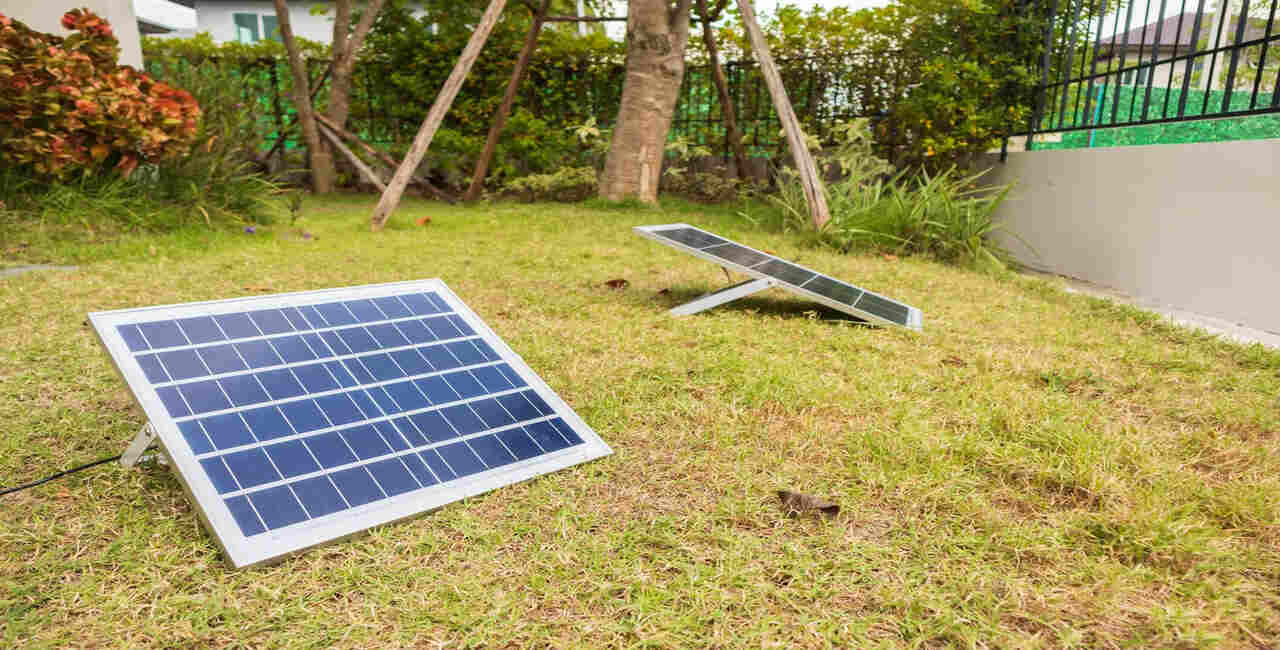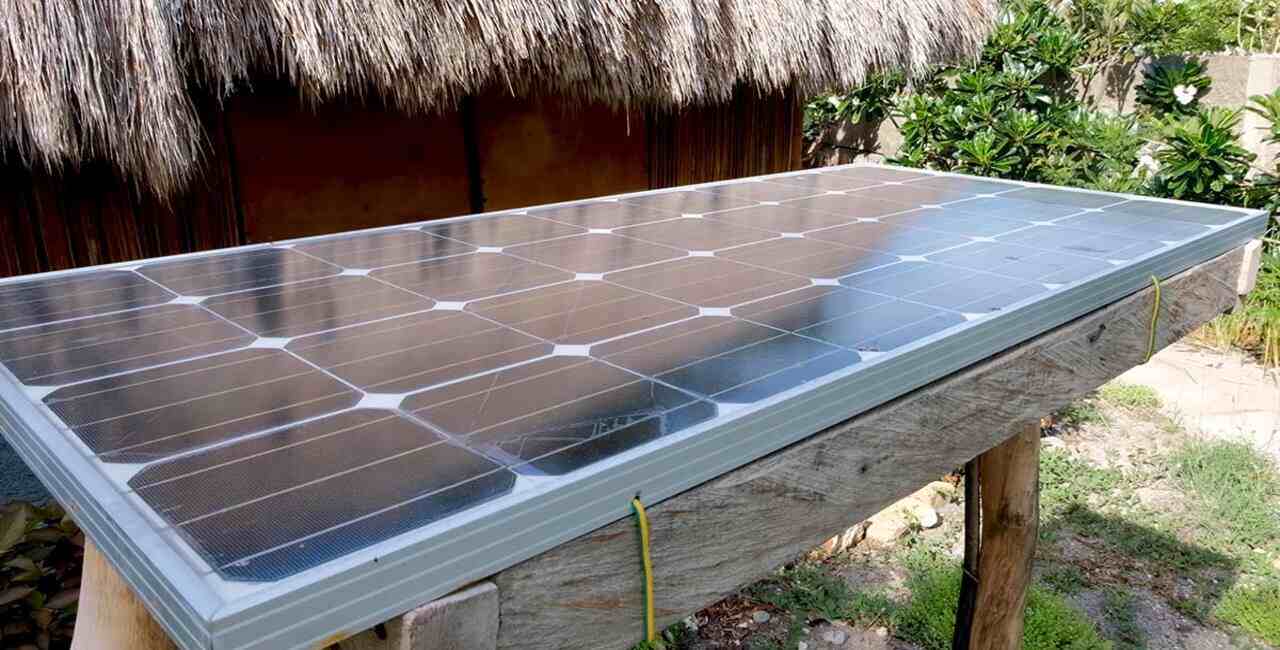Is It Cheaper To Build Your Own Solar System?

Solar energy is one of the many possibilities available; it is a clean, renewable energy source that is directly harvested from the sun. But one important issue remains unanswered for those who are thinking about making the move to solar power: Is it cheaper to build your solar system?
In this blog, we embark on a journey through the intricate landscape of solar energy economics. From the initial investment in solar panels to long-term savings on energy bills, every aspect of constructing a personal solar system warrants careful consideration.
Yet, beyond the mere financial calculus lies a deeper inquiry into the broader implications of embracing solar power: the environmental impact, the potential for energy independence, and the empowerment of individuals in shaping a sustainable future
Cost of Purchasing a Pre-Made Solar System
As we delve deeper into the realm of solar energy economics, understanding the cost of purchasing a pre-made solar system becomes paramount. In this section, we dissect the pricing factors and offer a comparative analysis of average costs to illuminate the financial landscape of solar adoption.
Pricing Factors
The journey to solar independence begins with a thorough examination of the factors that shape the cost of a pre-made solar system:
System Size: The size of the solar system, denoted in kilowatts (kW), is a primary determinant of its cost. Larger systems boast greater energy-generating capacity but typically command higher upfront investments.
Quality of Components: The quality and efficiency of solar panels, inverters, mounting hardware, and ancillary components play a pivotal role in both performance and cost. While premium-grade components may entail higher initial expenses, they often yield superior reliability and energy production over time.
Installation Complexity: The intricacies of the installation site, including roof type, shading, and structural considerations, exert a significant influence on installation costs. Sites with unique challenges may necessitate additional labor and equipment, thus contributing to the overall expenditure.
Labor Costs: Professional installation ensures the proper setup and optimal performance of the solar system. Labor costs vary depending on factors such as location, prevailing labor rates, and the requisite expertise, thereby impacting the total project cost.
Permitting and Inspection Fees: Compliance with regulatory requirements entails obtaining permits and undergoing inspections, which incur additional expenses. Permitting and inspection fees can fluctuate based on jurisdictional mandates and project specifics.
Warranty and Maintenance: The comprehensiveness of warranty coverage and the anticipated maintenance needs are critical considerations for assessing long-term costs. Opting for systems with robust warranties and minimal maintenance requirements enhances peace of mind and financial predictability.
Average Cost Comparison
To provide a tangible perspective on the financial implications of purchasing a pre-made solar system, let's delve into average cost benchmarks across different scales:
Residential Systems: The average cost per watt for residential installations typically ranges from $2.50 to $3.50, encompassing equipment and installation expenses. For a residential solar system spanning 5 kW to 10 kW, total costs before incentives typically fall within the $12,500 to $35,000 bracket.
Commercial Systems: Commercial-scale solar installations benefit from economies of scale, translating to lower costs per watt compared to residential counterparts. Average costs for commercial installations typically range from $1.50 to $2.50 per watt, with total project costs contingent on size and complexity.
Utility-Scale Systems: Utility-scale solar projects, characterized by their expansive scope and institutional backing, exhibit even lower costs per watt. With average costs dipping below $1 per watt, utility-scale installations emerge as formidable contenders in the renewable energy landscape.
While these average costs offer valuable insights, it's imperative to acknowledge the dynamic nature of the solar market. Technological advancements, market dynamics, and policy incentives can exert profound influences on pricing structures, thereby shaping the economic calculus of solar adoption.
Cost of Building Your Own Solar System

In this segment, we embark on a comprehensive exploration of the costs associated with the do-it-yourself (DIY) approach to solar adoption. From the essential components to a nuanced analysis of pricing breakdowns, we unravel the intricacies of DIY solar and weigh its pros and cons.
Components Needed
Embarking on the journey of DIY solar entails assembling a suite of essential components:
Solar Panels: The heart of any solar system, solar panels capture sunlight and convert it into electricity. Panels come in various wattages and efficiencies, allowing flexibility in system design.
Inverter: An inverter converts the direct current (DC) electricity generated by solar panels into alternating current (AC) electricity compatible with household appliances and the electrical grid.
Mounting Hardware: Mounting hardware, including racks and brackets, secures solar panels to rooftops or ground-based installations, ensuring optimal positioning for sunlight exposure.
Wiring and Connectors: Wiring and connectors facilitate the electrical connections between solar panels, inverters, and other system components, enabling seamless energy flow.
Charge Controller (if applicable): In off-grid or hybrid systems with battery storage, a charge controller regulates the flow of electricity between solar panels and batteries, safeguarding against overcharging or excessive discharge.
Battery Storage (if applicable): For off-grid or hybrid systems, battery storage enables the storage of excess solar energy for use during periods of low sunlight or grid outages.
Pricing Breakdown
Delving into the financial dimensions of DIY solar, let's dissect the pricing breakdown:
Solar Panels: Prices for solar panels vary based on factors such as wattage, efficiency, and manufacturer. On average, solar panels can range from $0.50 to $1.00 per watt, with higher efficiency panels commanding a premium.
Inverter: Inverter costs depend on capacity and functionality, with prices ranging from $0.10 to $0.30 per watt for string inverters and $0.20 to $0.50 per watt for microinverters.
Mounting Hardware: Mounting hardware costs vary depending on the type of installation (rooftop or ground-mounted) and complexity. On average, mounting hardware expenses can range from $0.05 to $0.20 per watt.
Wiring and Connectors: Wiring and connector costs are relatively modest but essential for ensuring safe and efficient electrical connections. Budgeting approximately $0.05 to $0.10 per watt should suffice for wiring and connectors.
Charge Controller and Battery Storage (if applicable): For systems incorporating battery storage, budgeting an additional $500 to $2,000 for a charge controller and $200 to $500 per kWh for battery storage is advisable.
Pros and Cons of the DIY Approach
As with any endeavor, the DIY approach to solar adoption presents both advantages and drawbacks:
Pros:
Cost Savings: DIY solar often translates to lower overall costs compared to purchasing pre-made systems, particularly for those willing to invest time and effort into research and installation.
Customization: DIY solar empowers individuals to tailor their systems to meet specific energy needs and preferences, allowing for greater flexibility and control over system design.
Learning Experience: Building your solar system provides invaluable hands-on experience and insights into renewable energy technologies, fostering a deeper understanding of solar power and its applications.
Cons:
Complexity: Solar system installation can be complex, requiring technical knowledge and expertise in electrical wiring, roofing, and structural considerations. Novices may encounter challenges or safety risks during installation.
Time and Effort: DIY solar projects demand significant time and effort for research, planning, and installation. For those with busy schedules or limited DIY experience, the time commitment may outweigh the potential cost savings.
Warranty and Support: Purchasing pre-made solar systems often come with warranties and professional support, providing recourse in case of component failures or installation issues. DIY projects may lack similar assurances, leaving individuals solely responsible for troubleshooting and maintenance.
In weighing the pros and cons of the DIY approach, aspiring solar enthusiasts must carefully assess their skill level, resources, and objectives before embarking on a DIY solar project.
Factors to Consider in Solar Energy Adoption
From technical proficiency to time commitments and warranty provisions, the choice between DIY solar and pre-made systems necessitates careful consideration.
One of the primary considerations in solar energy adoption is the requisite skill level. DIY solar projects demand a certain level of technical proficiency in electrical wiring, construction, and system integration. Individuals undertaking DIY installations must possess familiarity with building codes, safety protocols, and electrical principles to ensure a successful outcome.
In contrast, pre-made systems offer a streamlined solution for those lacking specialized skills, with professional installers handling the intricacies of system design, permitting, and installation. The decision between DIY and pre-made systems thus hinges on one's comfort level with DIY projects and willingness to acquire new skills.
Time commitment is another critical factor to weigh in solar adoption. DIY solar projects entail a significant time investment, spanning research, planning, procurement of components, and installation. Depending on project complexity and individual proficiency, DIY installations can consume weeks to months of dedicated effort. In contrast, pre-made solar systems expedite the installation process, requiring minimal time and effort on the part of the homeowner. Professional installers ensure timely completion and adherence to quality standards, offering a convenient alternative for those with busy schedules or limited availability.
The availability of warranties and support mechanisms is paramount in safeguarding solar investments. DIY solar projects may offer limited warranty coverage, with component manufacturers providing warranties for individual components. DIY installers assume responsibility for system performance and maintenance, with limited technical support available from component suppliers or online communities.
In contrast, pre-made solar systems come with comprehensive warranties covering equipment and installation. Professional installers provide ongoing support, troubleshooting assistance, and maintenance services, ensuring peace of mind for homeowners. Evaluating the warranty provisions and support offerings of both DIY and pre-made systems is essential in mitigating risks and ensuring long-term system reliability.
Conclusion
The decision to build your own solar system or purchase a pre-made one involves balancing cost, skill level, time commitment, and warranty provisions. While DIY solar may offer potential cost savings, it requires technical expertise and a significant time investment. Pre-made systems offer convenience and comprehensive support but may come with a higher upfront cost. Ultimately, the choice depends on individual priorities and circumstances, with careful consideration needed to determine the most cost-effective and suitable option.

